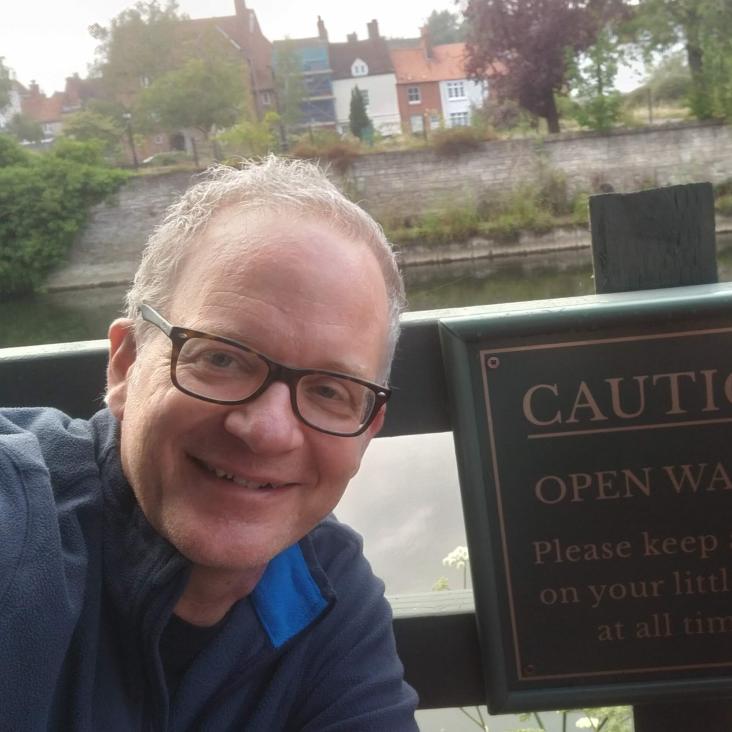Topological Entanglement Entropy from the Holographic Partition Function
(2006)
Dynamical Disentanglement across a Point Contact in a Non-Abelian Quantum Hall State
Physical Review Letters American Physical Society (APS) 97:3 (2006) 036801
Edge states and tunneling of non-Abelian quasiparticles in the nu=5/2 quantum Hall state and p+ip superconductors
(2006)
Condensation of magnons and spinons in a frustrated ladder
Physical Review B American Physical Society (APS) 73:21 (2006) 214405


